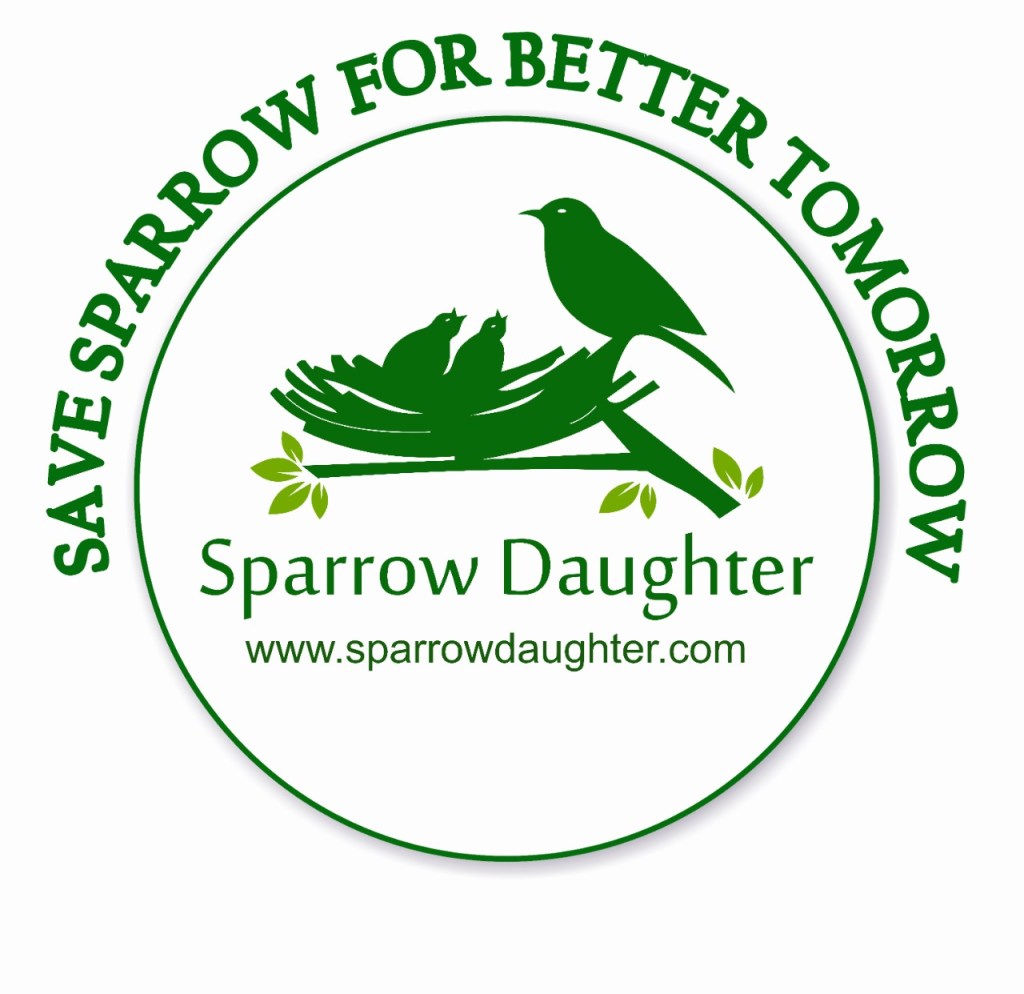The Importance of Sparrow Bird Houses
Sparrow bird houses are an essential part of successful bird breeding. By providing the right type of habitat, birders can increase their chances of attracting sparrows to breed in their backyards and gardens. The type of bird house used is also crucial to ensure that the birds feel safe and secure while they nest and raise their young. From traditional wooden birdhouses to modern leather houses, there are many options available for birders looking to attract sparrows into their yards.
Studies have shown that by selecting the correct birdhouse design, it’s possible to increase success rates when attempting to breed these popular garden birds. This article looks at some key research about sparrow birdhouses and how this knowledge can be applied by backyard enthusiasts who want a successful breeding season with these delightful little birds.
Sparrow Nesting Habits and Behaviours
One important aspect of birdhouse design is knowing the nesting habits and behaviours of sparrows. Birds will only use birdhouses that meet their needs, so understanding what they look for in a birdhouse for sparrows can be beneficial when selecting the right one.
- Studies have shown that sparrows are attracted to birdhouses with entrance holes that measure between 1-1/4” and 1-1/2” in diameter. They also prefer birdhouses that are made from natural materials, such as wood or leather, because these provide better insulation than plastic bird houses.
- Birders should make sure that the bird house is mounted in a sheltered location away from predators and places where it can be easily accessed by other birds.
- When selecting birdhouses for sparrows, birders should consider the number of birds they want to attract, as well as the size and design of the bird house. For instance, larger birdhouses with multiple compartments can provide a suitable breeding habitat for more than one pair of sparrows, while smaller birdhouses are more suited to single bird pairs.
- Additionally, birders should pay attention to the ventilation and drainage features of bird houses to ensure that sparrows feel safe and secure while they raise their young.
Finally, birders can also increase their chances of success by offering birdhouses with interior perches, which provide the birds with a safer area to rest while they search for food and build their nests.
Research on the Effectiveness of Sparrow Bird Houses
When birders invest in birdhouses for their backyards, they want to be sure that the birdhouses are going to attract a successful breeding season. The good news is that there have been several studies on birdhouses for sparrows and the effectiveness of these birdhouse designs in attracting sparrows.
One study found that birders who used birdhouses with small entrance holes and interior perches were more likely to have successful bird breeding seasons than those who used birdhouses without these features. The study also found that birders who placed their birdhouses in sheltered locations, such as close to shrubs or hedges, were more likely to attract sparrows into their yards.
Placement and Maintenance of Sparrow Bird Houses
Once birders have chosen the right birdhouse design for their yard, it’s also important to pay attention to where the bird house for sparrows is placed. To be successful, bird houses for sparrows should be placed in sheltered locations that are close to shrubs and hedges. They should also be at least four feet from the ground so that sparrows can keep an eye out for predators.
Finally, birders should also take the time to check and clean birdhouses regularly to keep them in good condition. This will help ensure that birdhouses remain attractive and inviting to sparrows throughout the breeding season.
Leather houses for Sparrows
Although birders have traditionally used wooden birdhouses to attract sparrows, new studies suggest that leather birdhouses may be even more effective.
Research has shown that leather birdhouses tend to offer better insulation than wooden birdhouses and are also less likely to be damaged by weather or insects. Leather bird houses also come in a variety of shapes and sizes, making them more attractive to sparrows and increasing birders’ chances of success when attempting to attract these delightful little birds into their yards.
By taking the time to understand sparrow nesting habits and behaviours, as well as investing in birdhouses that are designed with these habits in mind, birders can increase their chances of having a successful birding season.
Conclusion: The Value of Sparrow Bird Houses in Breeding Success
In conclusion, birders can increase their chances of success when attempting to attract sparrows into their yards by investing in birdhouses with the right features and placing them in sheltered and elevated locations. They should also take the time to maintain birdhouses regularly to keep them attractive and inviting for these birds. Finally, birders may also want to consider investing in leather birdhouses as an additional way to attract sparrows and encourage successful breeding seasons. By taking these steps, birders can enjoy the beauty of sparrows in their backyards for many years to come!
